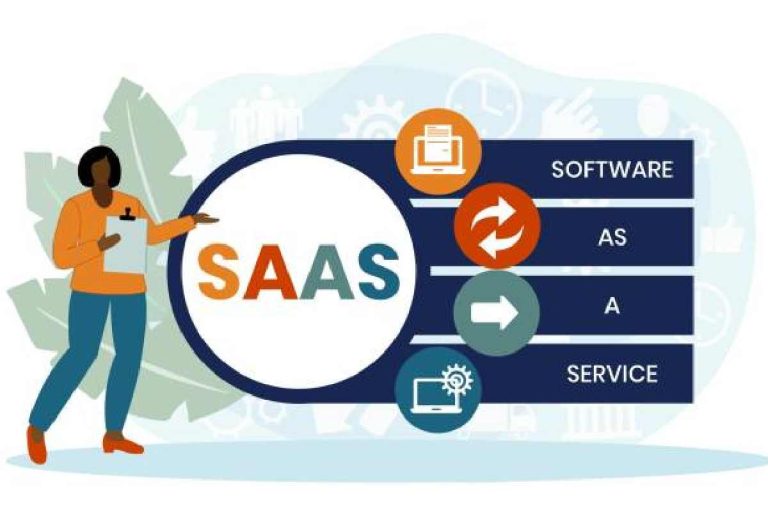For many growing businesses, the end of a financial period brings a familiar headache: the month-end or year-end close. Long nights, inconsistent spreadsheets, and constant back-and-forth with departments are often accepted as the norm. But the truth is, manual close cycles aren’t just time-consuming. They’re prone to error, they delay decision making, and they limit your ability to scale efficiently.
Modern businesses are finding smarter ways to manage their books with automation. Automating your business’s financial tasks through enterprise systems can drastically reduce close times and improve accuracy, allowing your finance team to focus more on strategic work and less on chasing numbers.
Table of Contents
The Problem With Manual Close Cycles
Manual close processes often rely on disconnected spreadsheets, outdated systems, and cross-departmental guesswork.
Your manual close processes can lead to several persistent challenges, including:
- Data inconsistency: With multiple versions of the same spreadsheet, accuracy becomes a major concern.
- Slow turnaround: Reconciliations and approvals stretch out timelines and delay reporting.
- Limited visibility: Managers can’t make quick, data-backed decisions without timely financial reports.
- High risk of human error: Manual entry and ad hoc processes open the door for costly mistakes.
Finance teams still spend too much of their time on manual close activities. That’s valuable time that your team could spend on forecasting, strategic planning, and business growth.
ERP Software: The Foundation of Faster Closes
Enterprise Resource Planning (ERP) systems centralize your business data—finance, operations, inventory, and beyond—into one platform. By integrating your accounting workflows into an ERP software suite, you reduce the need for redundant data entry and enable real-time tracking of financial activity.
This streamlining leads to several key advantages, including:
- Automated reconciliations: Bank feeds and ledger entries sync automatically, reducing manual input.
- Consolidated data: All departments pull from the same source of data, improving collaboration.
- Continuous close capability: Instead of saving everything for month-end, transactions are tracked in real time.
- Scalable architecture: As your business grows, ERP platforms can accommodate additional entities and more complex operations.
This movement toward continuous accounting is gaining traction. According to Forbes, 40% of small businesses surveyed reported they wanted more automation in accounts receivable, accounts payable, and general accounting.
What a Streamlined Close Looks Like
Imagine your finance team closing the books in days rather than weeks. With ERP software in place, transactions are automatically categorized, workflows are tracked, and reconciliations are completed progressively. Instead of running around chasing approvals, your company’s accountants can focus on analysis and advisory roles.
For example, a multilocation retail business using ERP can monitor cash flow, revenue, and expenses daily. As a result, by the end of the month, most of the data will have already been processed. What’s left is a short final review, dramatically reducing the pressure of the close cycle.
Automating the Workforce Side of the Equation
Manual close processes often include reconciling timesheets, calculating payroll liabilities, and ensuring compliance with labor laws. When done manually, these steps are time-consuming and error-prone. Integrating automated workforce management into your ERP system can simplify these tasks significantly.
Automation tools track hours, generate payroll reports, and apply tax rules in real time. This not only saves time but also ensures financial data related to labor is accurate and audit-ready. In turn, this contributes to faster, cleaner closures and more reliable financials.
Choosing the Right ERP Tools
If you’re considering ERP implementation, look for features that directly support accounting and closing workflows.
These may include:
- Automated journal entries and accruals
- Bank feed integrations
- Multi-entity or multi-currency support
- Audit trails and permissions controls
- Cloud accessibility for remote collaboration
Not all ERP systems offer the same capabilities, so it’s important to evaluate how well a given platform fits your business needs both today and in the future. Look for tools that grow with you and integrate with the other systems your team already relies on.
Preparing for the Transition
Switching from manual to automated closing is both a culture and technology upgrade for your business. To get started, conduct a process audit to identify bottlenecks in your company’s current workflow. Then, determine which accounting tasks are most prone to delay or error, and prioritize automating those first.
Be sure to involve your finance team early in the ERP selection process. Their insights into daily pain points will be crucial in choosing an ERP software solution that truly improves performance. Also, consider setting a phased rollout schedule to help teams adjust gradually and reduce downtime.
More Than Just Closing Faster
The benefits of eliminating manual close cycles extend beyond time savings. With ERP automation in place, your team gains clearer insights, better compliance, and the ability to respond quickly to business changes. Month-end reporting becomes a routine checkpoint instead of a dreaded scramble.
Plus, when your finance team isn’t stuck reconciling spreadsheets, they’re freed up to contribute to higher-level initiatives like forecasting, budgeting, and strategic planning. That’s the kind of transformation that doesn’t just improve your books. Instead, it changes your trajectory.
Closing the Books Without the Burnout
Traditional manual close cycles are no longer sustainable in a world where speed and accuracy are essential. By integrating ERP software and automated workforce management, your small business can streamline its financial operations and move toward a continuous close model that supports smarter, faster decision making.
For your growing company, investing in automation doesn’t mean replacing people. You can instead use automation to empower your employees. The result? A finance function that’s agile, accurate, and ready for whatever’s next.












